City guide: Xuzhou
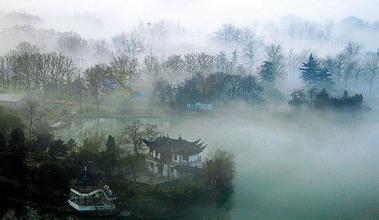
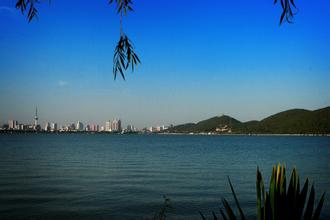
1. General introduction… | 3. Education & Health care |
| Location & population | International Schools |
| Climate | Hospitals |
| Economy & industry | 4. Recreation |
| 2. Transportation… | Shopping |
| Railway | Nightlife |
| Air | Cuisine |
| Attractions |
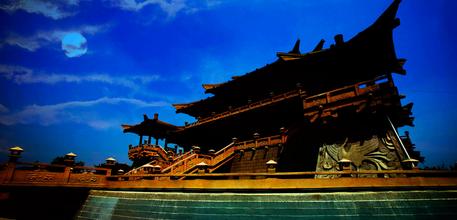
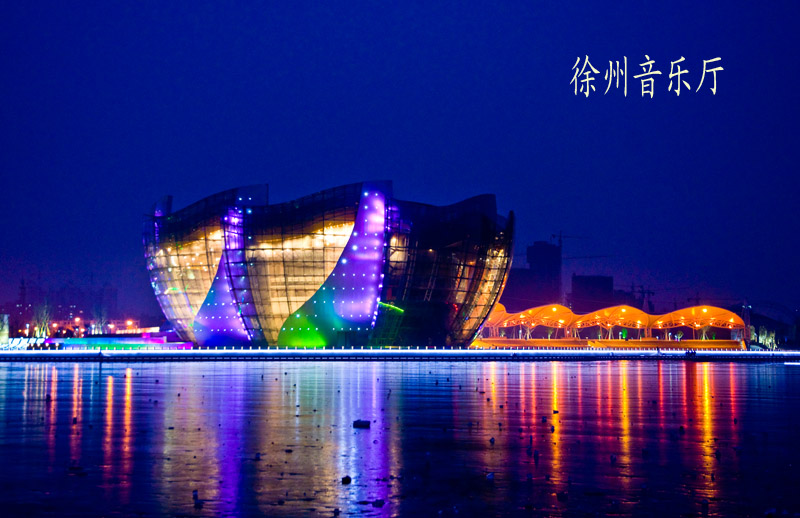
1. General introduction
Located in the northwest of Jiangsu Province, Xuzhou is the largest city of northern
Jiangsu as well as the most ancient city of the province. As the joining point of
Jiangsu, Henan and Shandong provinces, the city boasts of its most important geogra
-phic location that makes it the place all the states of ancient China scrambled for.
Thousands of years' history has blessed the city with profound culture, especially
when it was the second political center of the Han Dynasty (260BC-220). Now, the city
is the center of the Huaihai economic development zone and also one of the nation's
most important agricultural product bases.
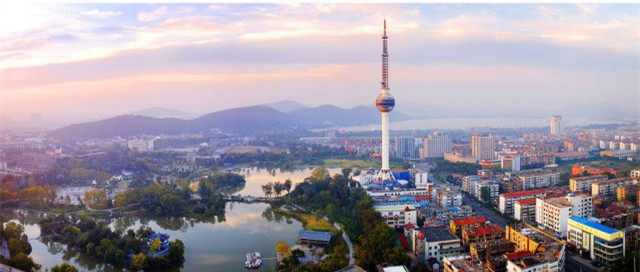
Location & population
Xuzhou is situated in the Northern China Plain, almost in the middle between
Beijing and Shanghai, about 600 km to each of the two metropolises, and about 300
km to the provincial capital, Nanjing. The city and its jurisdiction lie in the
extreme west corner of the province, bordering Anhui and Shandong provinces.
About 10% of its land is hilly area occupying the middle and eastern portions of
the city, with the highest point 361 m, the summit of Dadong Hill. Thevcity's
elevation is gradually reduced from its middle and east to the west and south,
with 30-50 m in average over the sea level.
The city has abundant water resource, with more than 213 rivers flowing within its
boundary, including the Grand Canal. In its jurisdiction, there are two major lakes,
Lake Luoma and Lake Weishan, plus 91 artificial reservoirs. Another important natural
resource is coal, with a production of 2.5 million tones annually.
Xuzhou jurisdiction has a population close ten million and its physical land mass is
11,260 square kilometers. Xuzhou, the city itself, has a population of close 2 mil-
lion, including about a million living in unban area.
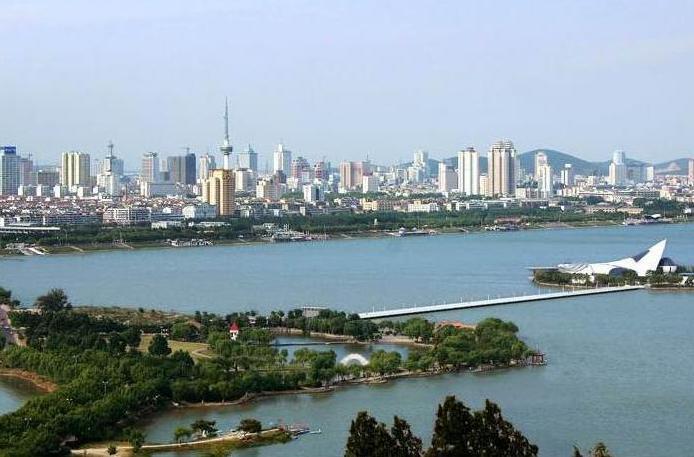
Climate
The city experiences a mild climate with distinct seasons, and its springs and
autumns are short while the summers last very long. Precipitation is lower than
the average level of its Jiangsu neighbors, only 800-950 mm annually.
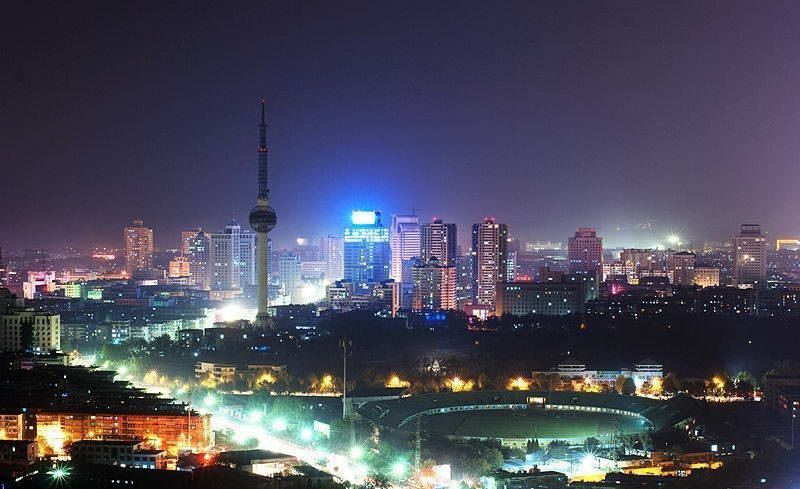
Economy & industry
Xuzhou, together with its subdivision cities and counties, was ever considered as
an agricultural land. In the past, the agricultural income occupied a major portion
of the city's economy, but it has been remarkably shrinking over years. Now the agri
-cultural earning fills up only 3% of the GDP of the city. The principal farming
products include rice, wheat, cotton, oil seed, fruit, vegetable, etc. For Pizhou,
a city under the jurisdiction of Xuzhou, garlic is one of its major products. Xuzhou
is intensifying new efforts to boost its green agriculture, organic food and tree
plantation. The city is also honored as a region for the harvest of apple and
ginkgo.
Xuzhou has been an industrial center since the past decades and the recent in-
vestments has added more industrial sectors. Due to the improvement of its industrial
infrastructure, the city’s industrial GDP has experienced a strong growth of 14-17%
each year in the past five years. The city has become one of the most critical cities
in the economic development region, the Huaihai (Huai River) Economic and Development
Zone that involves four provinces in the East of China: Jiangsu, Shandong, Henan and
Anhui. The city was ranked at the 42nd by Chinese Academy of Social Sciences for its
conprehensive competence for investment attraction in China's major cities in 2006.
The city has abundant coal mineral, one of the largest nature resources in this region.
Coal has become one of the important fuels in Xuzhou in producing electricity and
other energies. Other natural resources are marble, lime, salt, etc.Industrialization
and the use of coal as fuel have brought a remarkable pollution to the city for its
air and environment. Contaninants entering rivers, from nearby papermaking
factories, poison farmers's fish stocks and affect residents' drinking water
supplies. The municipal government has made tough environmental policies and has
spent significant funds over years to protect its air and environment. Many
polluters have been shut down or entaered in monitory process. At present,
the city’s urban tree coverage rate reach 38% and many facilities have been set up
in order to monitor air quality.
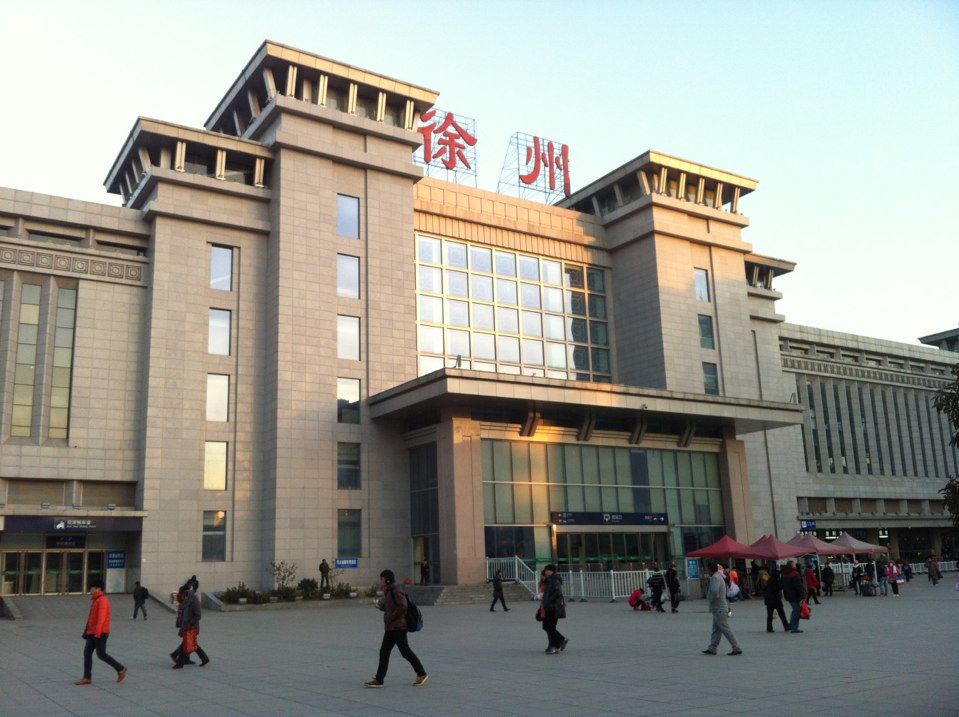
2. Transportation
Xuzhou has quite perfect transportation facilities both in air and land. The parti
-cular location makes its airport a transport center of 'Huai-Hai Economic Zone'(an
economic developing area including Jiangsu and its neighboring provinces). Here, five
national highways and 20 provincial highways are connected, extending to 16 provinces
and 80 cities in China. It plays an essential role in goods transport between
southern and northern China.
Railway
Xuzhou is called the 'Junction of China's Railways' due to its important role in the
nation's transportation. Two of the nation's main railway branches connect here, so
it's very convenient for you to come here from south or north China by train. There
are direct trains to Beijing, Shanghai, Qingdao and Wuhan and many other trains usually
stop here. If you want to go to southern or western cities, you should book well in
advance as the ticket is not always easy to get.
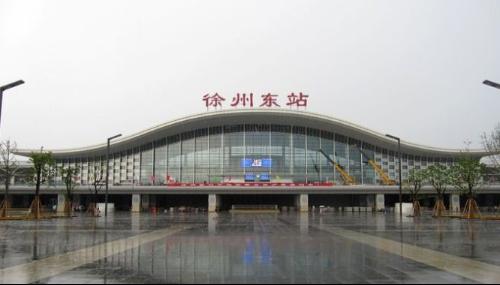
Inquiries: phone: 0516-95105175
Ticket Booking Phone: 16070
Group Ticket Booking Phone:
0516-83923162
Addresses of Ticket Selling Centers :
No.138, Pengcheng Road
No.12, West Huaihai Road
No. 166, East Huaihai Road
No.55, Heping Road
No.202, West Jinpu Road
Air
Located about 45 kilometers (28 miles) southeast of Xuzhou City, Xuzhou Guanyin
Airport (XUZ) is one of the main access points to the city. There are direct
flights to Beijing (once a day), Shanghai (twice a day), Guangzhou (five times
a week), Shenzhen (five times a week), Chengdu (four times a week), Xiamen (four
times a week), Dalian (four times a day), Guilin (twice a week) and other large
cities in China. The airport is also the transfer center of many other flights.
Airport shuttle buses run from Xuzhou Restaurant to the airport two hours before
flight time. The ticket is about CNY20.
Addresses of Ticket Selling Centers in the city:
No. 88, West Jianguo Road
No.201, East Huaihai Road (Xuzhou Restaurant)
No.2-6, Jiefang Road (Commercial Bank)
No.202, West Jinpu Road (Jiali International Hotel)
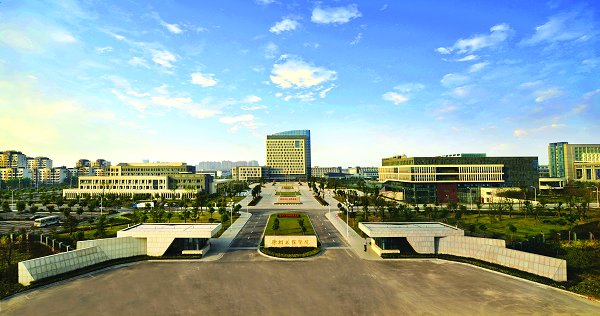
3. Education & Health care
International Schools
EtonHouse Xuzhou (International pre-school)
The EtonHouse International Education Group is a global organisation based in 9
countries with over 9000 children from 61 different nationalities. Headquartered
in Singapore, the more than 90 EtonHouse International Schools and Pre-Schools
in many countries across Asia have established standards of excellence in interna
-tional education from kindergarten to the senior years.
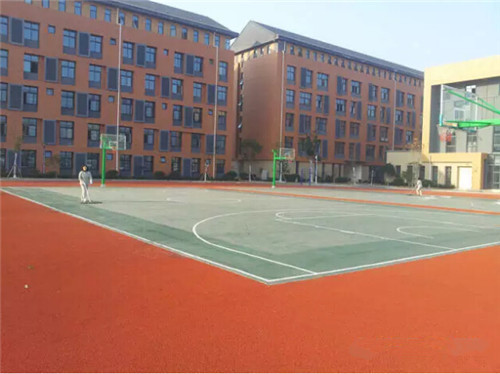
EtonHouse International Pre-School ,
Xuzhou will open in September 2014.
The school will offer young children
a thoughtfully considered and aestheti
-cally designed beautiful learning
environment, designed to stimulate
the learning and development of young
children from 18 months to 6 years
of age.
Located in Xuzhou International
Science and Education Industrial
Park, the brand new pre-school
sits on 9,766 sqm of land with a total building area of 5,299 sqm, providing
a high quality inspiring learning environment for children from 18 months to
6 years old. The state of art facilities with thoughtfully and beautifully designed
learning spaces will offer children a rich environment full of exciting and engaging
learning possibilities.
The pre-school offers an international research based programme delivered by highly
qualified teaching staff. The curriculum is derived from the renowned EtonHouse
Inquire • Think • Learn programme, inspired by the infant and toddler centres of
Reggio Emilia in Northern Italy, hailed by Newsweek as one of the best in the world.
Hospitals
The Affiliated Hospital of Xuzhou Medical College
Address: 99 Huaihai Road West, Xuzhou, Jiangsu 221002
Phone:86-516-8569 8950
This hospital was founded in 1897 with a history of more than a hundred years.
The hospital has beds of 1,050 and provides extensive health care service. It is
a member of International Urgency Aid Network Centers. To go there, contact your
institution first to see if you can locate the section where English can be spoken.
VIP wards and pharmacy are available.
4. Recreation
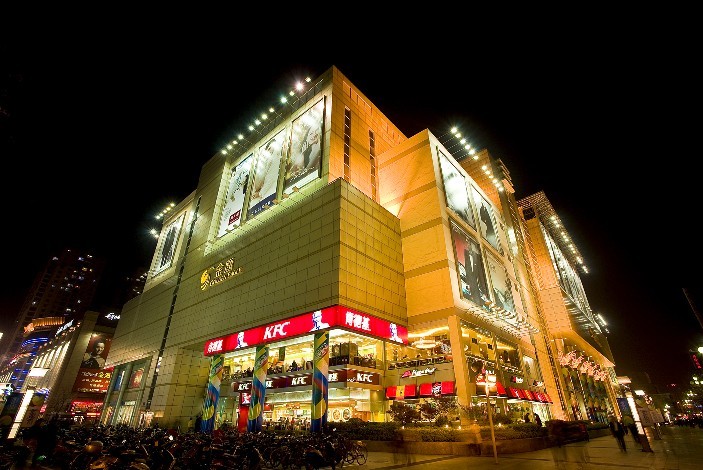
Shopping
Xuzhou has many local specialties including food, wine, fruit, and handicrafts.
Peixian dog meat, great burdock products, children's crunchy candies, and sweet
-scented osmanthus hawthorn cakes are well known local foods, while winter peaches
and Fushi apples are widely planted local fruits. Peigong Family Wine, first
produced over two thousands years ago, is always famous for its sweetness, purity,
and long aftertaste. There are handicrafts of various kinds including paper-cuttings,
peasant's paintings, children's paintings, wooden toys, cloth toys, embroideries,
and straw-plaited articles. They all make good choices for you to buy as souvenirs.
Stamp albums and postcards with paintings of Han Dynasty (260BC-220) stone sculptures
are also worth buying.
The commercial center of the city is East Huihai Road and South Zhongshan Road
where you can find nearly everything you want to buy. Another center is around
Pengcheng Square, where you can visit many shopping malls, exclusive brand clothes
stores, supermarkets, and book stores. The Central Fashion Street under the square
is also a good choice.
Tip: The No.1, No.33, No.37, No.39, No.56, No.59, No.73 and No.75 city-buses will
take you to the Pengcheng Square.
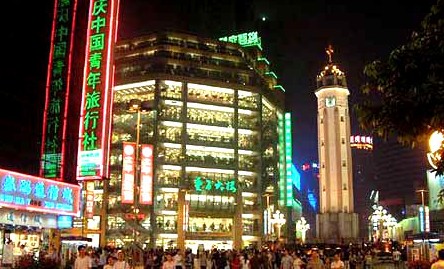
If you want to save money, you can go to the Xuanwu Market located on both sides
of Xuanwu Road in the center of the city. This market sells a wide range of items
ranging from daily necessities, clothes, and cosmetics to electrical appliances
and various foods. You can bargain with the sellers while you decide whether to
buy their goods.
Tip: City-buses that go to the Xuanwu Market are No.5, No.18, No.50, No.66,
No.68 and No.101.
Xuzhou also has some antique markets. One is on Xuanwu Road and the other is the
Flower and Bird Market on Jianguo Road. If you are interested in jade, ancient
coins, potteries and books, you can go to these two places.
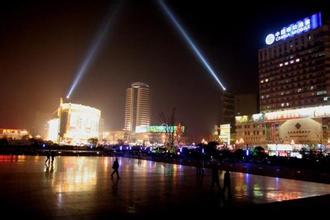
Addresses of Some Shopping Centers
Xuzhou Department Store: No.1, South Zhongshan Road
Xuzhou Shopping City: No.45, East Huanghe Road
Jinying (Golden Eagle) International Shopping Center: North of Pengcheng Square
Youyi (Friendship) Department Store: No.268, West Huaihai Road
Supermarket
Carrefour
Address: No.6, North Zhongshan Road
Business Hour: 08:30-22:00 (Monday to Sunday)
Bus Lines: No.2, No.9, No.17, No.21, No.33, No.38, No.48, No.56, No.57, No.69
and No.76
Nightlife
Although Xuzhou is an ancient city, the local people still enjoy a modern nightlife.
They go to bars, amusement centers, cinemas, or various gymnasiums for relaxation
and recreation. Hubu Hill in the center of the city is where most of the bars are
located. Walking along the pedestrian street near the hill, you can find bars built
in different architectural styles and filled with diverse music from China as well
as western countries. The best known are the Cool Show Bar, the Virgin Bar, the E
Bar, and the Storm Intense Emotion Bar.
Surrounded by green trees, Gupeng Square is also an enjoyable place to spend your
evening. Beautiful winding paths lead you to a music fountain that is very popular
with the local people. The endless variations in the music modulate the shape of
the water in the fountain while the multicolored lights make the shimmering water
even more beautiful. Sometimes, you may be lucky enough to witness performances
such as local operas and dances as well as shows of traditional folk handicrafts.
Additionally, in the Gupeng Underground Amusement City under the square, you can
take a comfortable bath, enjoy a massage, or have a taste of traditional Chinese
food.
Recently, Xuzhou has begun holding some special festivals to enrich the city's
nightlife. The Pengcheng Beer Festival held in August each year attracts thousands
of people. During the nightly revelry, people sing, dance, and drink beer together.
Excellent performances are often rewarded with bursts of applause and cheering.
Another festival that was just started in 2006 is the Bar Culture Festival. Running
from March 18 to April 18, its focus is to promote wine appreciation and to showcase
the revival of the local people's recreational life. The excellent performances,
and interesting interactive games, together with the exciting audiences, make the
party extremely breath-taking and impressive.
If you like a more peaceful environment and are interested in Chinese tea culture,
you can go to the tea houses located throughout the city.
Addresses of some Tea Houses
Qingxinju Tea House: East gate of Pengyuan Garden, South Jiefang Road, Quanshan
District
Mingxiangyuan Tea House: No.253, West Huaihai Road, Quanshan District
Yaxinyuan Tea House: No.1-No.35, Antique City, South Pengcheng Road,
Yunlong District
Addresses of other Recreation Venues
Top One Club: North of the Baida Supermarket, Jiefang Road
Zhongshantang Amusement City: No.68, East Huaihai Road
Bailemen Amusement City: No.49, East Huanghe Road
Athena Karaoke Bar: No.155, East Huaihai Road
Ximatai Bowling Corporation: No.108, Jiefang Road
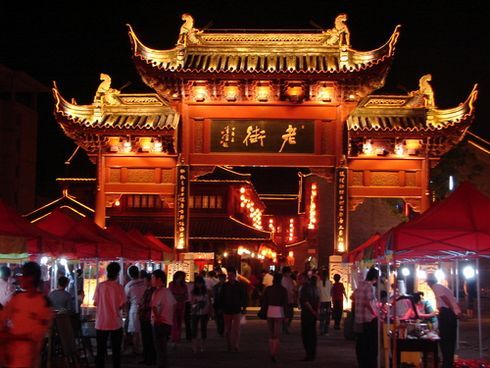
Cuisine
Xuzhou is also called 'Pengcheng' because over 4,000 years ago, Pengzu, the
father of Chinese cuisine, once lived there. At the same time, as the second
political center of the Han Dynasty (260BC-220), the city was greatly influenced
by the Han culture. The profound cultures epitomize the city's particular dinning
customs. Nearly every dish has a legend or a historic story linked to it.
Famous Traditional Dishes
Yang Fang Cang Yu (Fish Stewed in Mutton)
This dish originated over 4,000 years ago, and is honored to be the first kind
of food although improved by chefs in every following dynasty. The chefs usually
cut open the belly of a sheep; put fish in it, add various seasonings and stew
them together. The dish is not only tasty but also nourishing. Legend has it
that the son of Pengzu liked fishing very much. But Pengzu didn't allow him to
fish in case he fell in and drowned. One day, he stealthily went to fish without
his father's knowledge. When he returned he asked his mother to put the fish into
the belly of the mutton to be boiled in order that his father would not discover
it. Unluckily, Pengzu discovered this secret but he felt the dish was so fresh
and delicious that he decided to improve it. Gradually, the dish became popular
among the local people and still remains so.
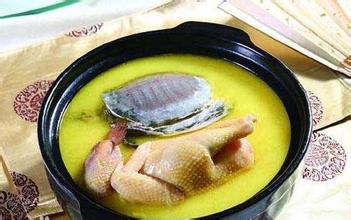
Bawang Bie Ji
This is a special dish connected with a moving story in Chinese history. Bawang
means overlord that refers to a hero named Xiang Yu (232BC-202BC), who once fought
for the throne with Liu Bang. Ji refers to his wife Yu Ji who kept accompanying
him during all the wars. Bie just means to depart. When Xiang Yu was defeated
by Liu Bang in Xuzhou, Yu Ji killed herself in order not to witness her husband's
miserable situation. Xiang Yu was so sad about his wife's death that he also
killed himself. This moving story is widely known among the Chinese and this
dish is created by Xuzhou people to commemorate them. The dish is made by steaming
turtle and chicken in a pottery pot with fresh soup, wine, shallots, hams, mushrooms
and other ingredients. It is famous for the crisp meat, mellow and fresh soup as well
as its novel appearance.
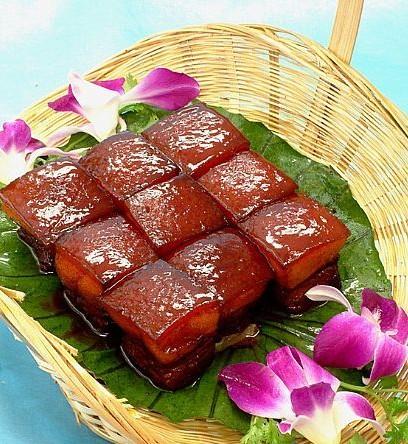
Dongpo Hui Zeng Rou (Meat given back to the citizens by Dongpo)
Hearing the name, you may guess that this dish also has an interesting story.
Dongpo refers to Su Shi (1037-1101), a famous literate in the Northern Song
Dynasty (960-1127). When he was the official of Xuzhou, storms and flood disasters
occurred. Regardless of his own safety, Dongpo personally led his people to fight
against the disasters bravely and they eventually succeeded. To express their
appreciation to Dongpo, people gave lots of meat to their official as presents.
Dongpo accepted the meat but he ordered his chefs to cook it and then gave it
back to his people, hence the name of the dish. Now, the method of cooking the
dish has been well developed. The chefs usually select the meat from the ribs of
streaky pork; cut it into big pieces and then stew it with many seasonings in
fresh soup. The cooked meat tastes crisp and full-bodied, leaving your palate
with wonderful flavors.
Recommended Restaurants
Xuzhou Hotel: No.201 East Huaihai Road
Pengcheng Restaurant: No.40 East Huaihai Road
Representative Local Snacks
Sha Soup was granted as 'the First Soup under the Heaven' by Emperor Qianlong of
the Qing Dynasty (1644-1911). It is said to be created by Pengzu with the original
name of Pheasant Soup. It is made by boiling pheasant meat, pigs' bones and pork
together with shallots, gingers and other seasonings and cooked in a low oven.
The soup is often eaten together with some thin cakes and this has become one of
the most popular breakfasts for Xuzhou people.
Recommended Restaurant
Mashi Jie Sha Soup: No.7 Suyuan Community, South Jiefang Road
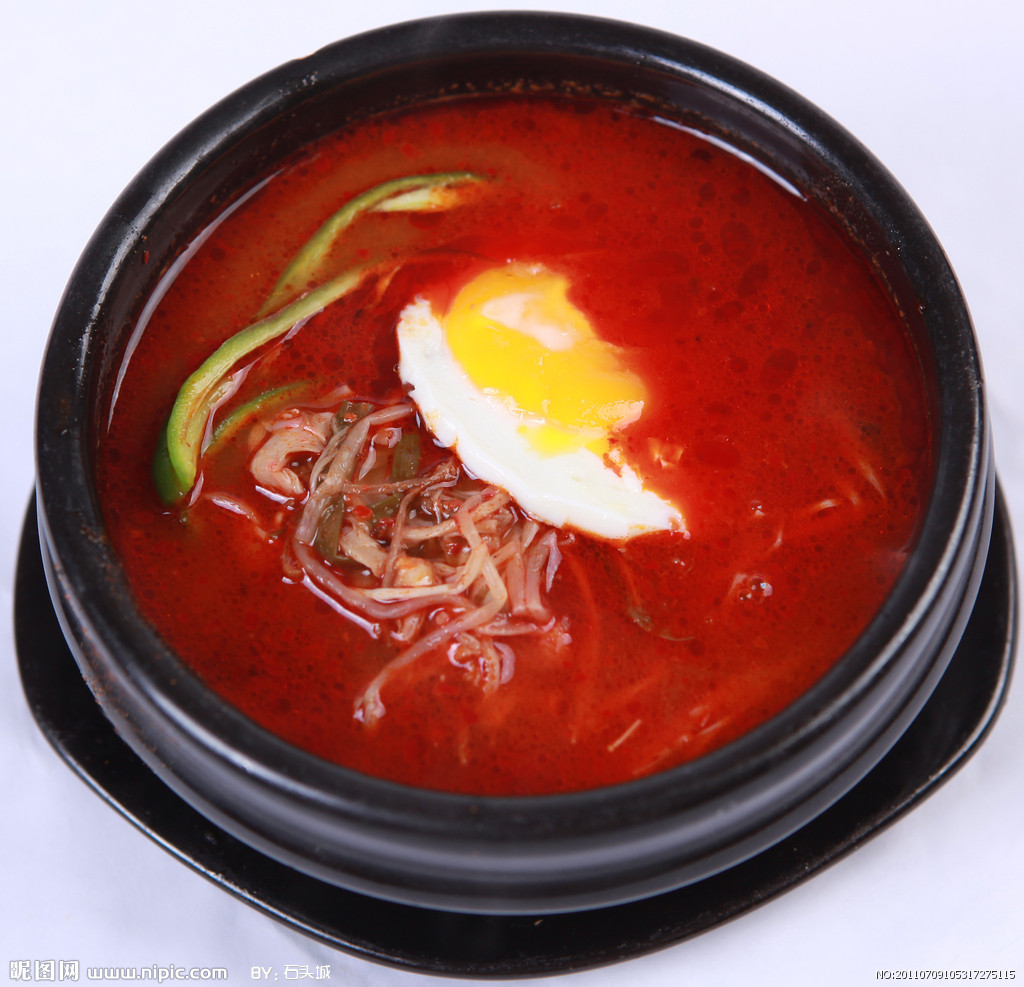
La Tang (Pepper Soup) is another peculiar snack that you can only find in Xuzhou.
The condensed soup is a mixture of gluten and chicken soup. When the mixture is
boiled, put some stewed chicken that has been cut into shreds as well as some
other ingredients like gingers, shallots and pepper powder. You may certainly
be surprised at its strange but delicious taste.
Recommended Restaurant
Liang Feng Lai Restaurant:
No.266 South Minzhu Road
No. 12 Daqing Road
No.38 Dongyuan Commercial Street, East Sanhuan Road
No.14 Dibei Road
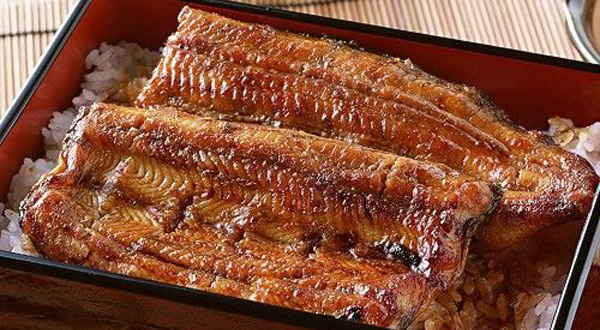
In fact, there are many other snacks also popular among both the local people
and the tourists, such as Diguo, Zhuangmo, Laomo and Wowo. If you want to know
what they are, why not go there to have a taste yourself? You can go to the South
Jiefang Road or the South Fuxing Road that are the two famous streets in Xuzhou
providing delicious food.
Restaurant for Vegetarians:
Zhaofu Lou Restaurant: No.61 South Zhongshan Road
Western Fast Food Restaurants:
KFC: No.1 South Zhongshan Road
No.252 West Huaihai Road
McDonald's: No.12 - 16 West Huaihai Road
Coffee Houses
UBC Coffee: No.93 Pengcheng Road
DIO Coffee:No.80 South Zhongshan Road
BBS Coffee: No.45 South Zhongshan Road
Attractions
Long history blesses Xuzhou with deep cultures, especially the Han Dynasty (260BC-220)
culture. The first Han emperor, Gaozu, was born in Peixian County of Xuzhou, which
then went on to become the second cultural and political center of the nation during
the Han Dynasty. The cultural relics are scattered in the beautiful scenic spots,
making the city extremely attractive
Xuzhou Museum of Terra-cotta Warriors and Horses of Han Dynasty: You may have
heard of the Museum of Terracotta Warriors and Horses in Xian, but you will be more
surprised when you see the Han terracotta warriors in this museum. Located in the
west side of the Lion Hill, the museum shows thousands of terracotta warriors and
horses. Standing in the two pits, the warriors, old or young, silent or naughty, all
present different expressions of crying, laughing, frowning or contemplating. The
ancient artisans emphasized to show the inner heart world and the characteristics
of the warriors through their different gestures and expressions. These vividly made
warriors have been shown abroad and won praises and appreciations again and again.
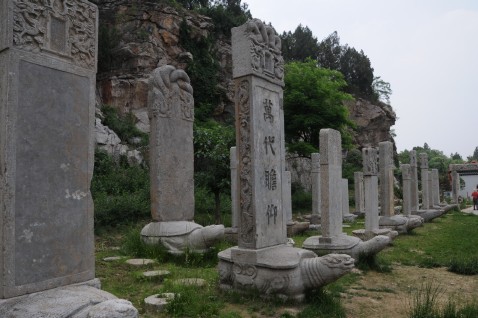
Guishan Han Tomb, located in the west side of Guishan Mountain in the Jiuli District,
is the most famous Han tomb due to it's large scale, exquisite architecture and
mysterious building ways. It is the tomb for the sixth prince and princess of the
Western Han Dynasty-Liu Zhu (128BC- 116BC) and his wife. The workmen at that
time dug out the mountainside and built this palace like tomb, which is consisted
of two corridors, two tomb paths and five halls including bedrooms, parlors, kitchens
and stables.

Gallery of Han Stone Sculptures is a special museum collecting and exhibiting the
stone sculptures of the Han Dynasty. It is located near the Yunlong Mountain and
holds over 1,000 stone sculptures. The most precious and famous sculptures amongst
the collection are the Weaving Picture, the Cattle Ploughing Picture, the Drinking
with Dance and Music Picture as well as the All Birds towards Phoenix. Combined
painting and carving art together, these stone pictures present the true life and
beautiful fairy stories of the ancient people.

Xuzhou Han City is located in the Jiuli district. As a modern architecture built
in the Han Dynasty style, it is one of the television bases of CCTV (China Central
Television) where many teleplays and films are made. Also, it is an artistic palace
both to enjoy the Han culture and to relax and recreate. The Imperial Palace displays
nearly all the artifacts from the ancient palace. The statues of the emperor and
other officials give it a realistic atmosphere. There are many entertainment
activities that you can take part in, such as cockfight, kid show and arrow
shooting. You can also appreciate various performances telling the stories and
customs of the Han Dynasty.
- Address:Guozhuang Road No.18
- Name:Binhu Garden 滨湖花园Address:The western section of Hubei Road
- Name:Tianshan Oasis 天山绿洲Address:Huaihai West Road No.268
- Address:The intersection of Yellow River road and Huashan Road
